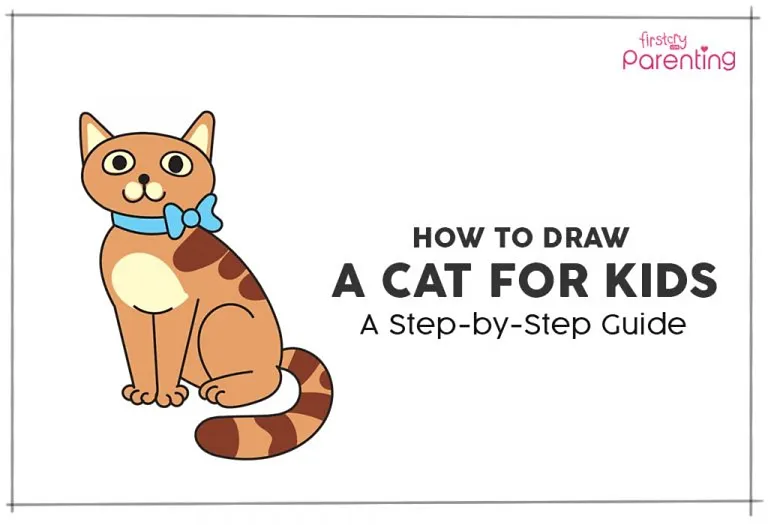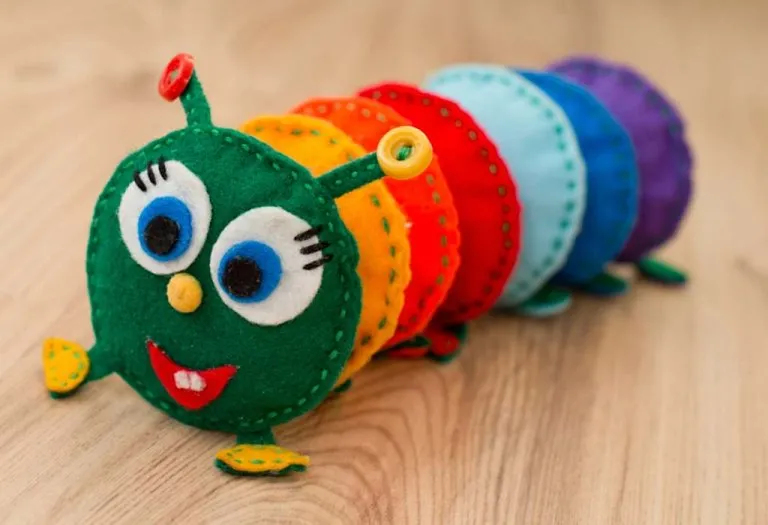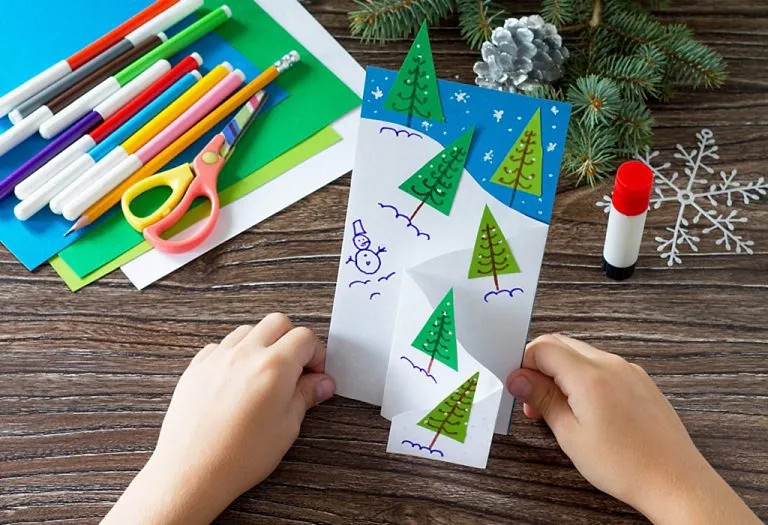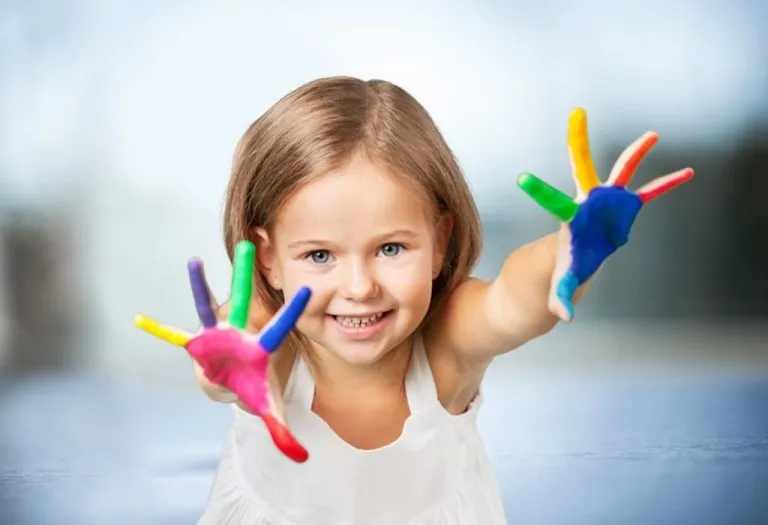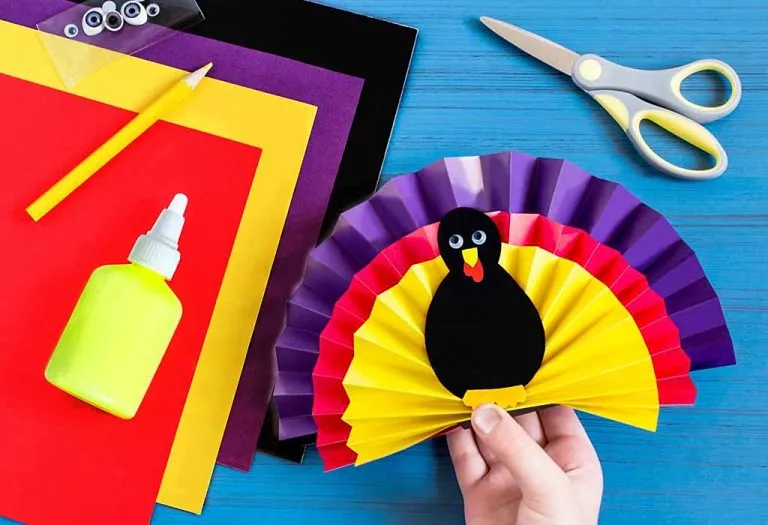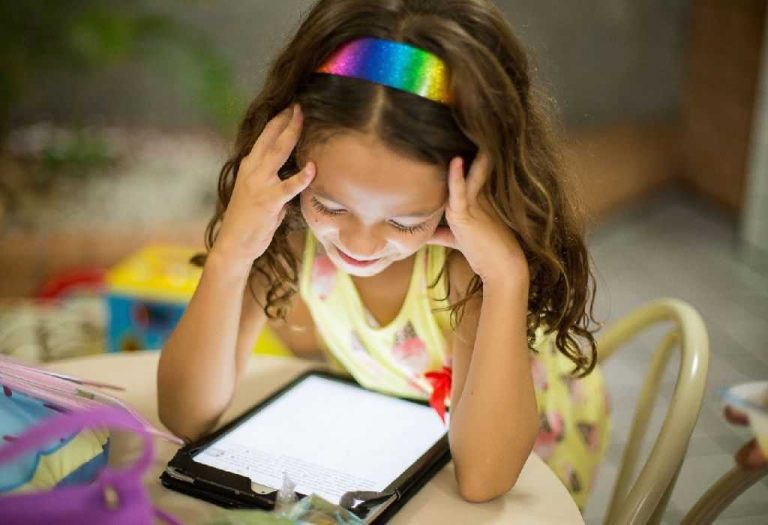How to Draw a Car for Children
How to Draw a Lion for Kids
How to Draw a Frog for Kids
How to Draw an Owl for Children
How to Draw a Butterfly for Children
How to Draw a Cat for Kids
Drawing comes naturally to young children and is a wonderful way for them to express their creativity. Whether it’s with crayons, pencils, or markers, drawing offers numerous developmental benefits, such as improving fine motor skills, enhancing focus, and boosting imagination. For beginners, learning how to draw a cat for kids is a simple and enjoyable activity that helps them build confidence in their artistic abilities. Drawing a cat is one of the easiest and most fun activities to introduce them to the world of art. Here’s how you can teach your little one to draw a cat, making the process both engaging and educational!
What You Will Need for Drawing a Cat
Cats are a popular choice for pets. Teaching kids how to draw a cat can nurture their love for animals. Drawing animals can be quite tricky, but once you’ve got it right, it can be rewarding. To make your drawing look as convincing or life-like as possible, you need to observe, make a quick sketch, recognise the structure, and finally refine you’re drawing.
Here’s what you will need as a beginner:
- Pencil
- Non-dust eraser
- Drawing paper
- Black marker
- Coloring supplies
- Printable template (for little kids who are just starting off)
Cat Drawing for Kids in Six Easy & Simple Steps
Learning to draw a front view image of a cat is the most simple activity for kids. Here is an easy, step-by-step guide on how to draw a cat.
1. Draw the Head and the Belly of the Cat
To draw a cat, first draw an outline of the cat’s belly as shown in the figure below (a tilted, big oval circle). Then, on the top of this circle, draw a smaller oval shape or a small circle for the cat’s head.
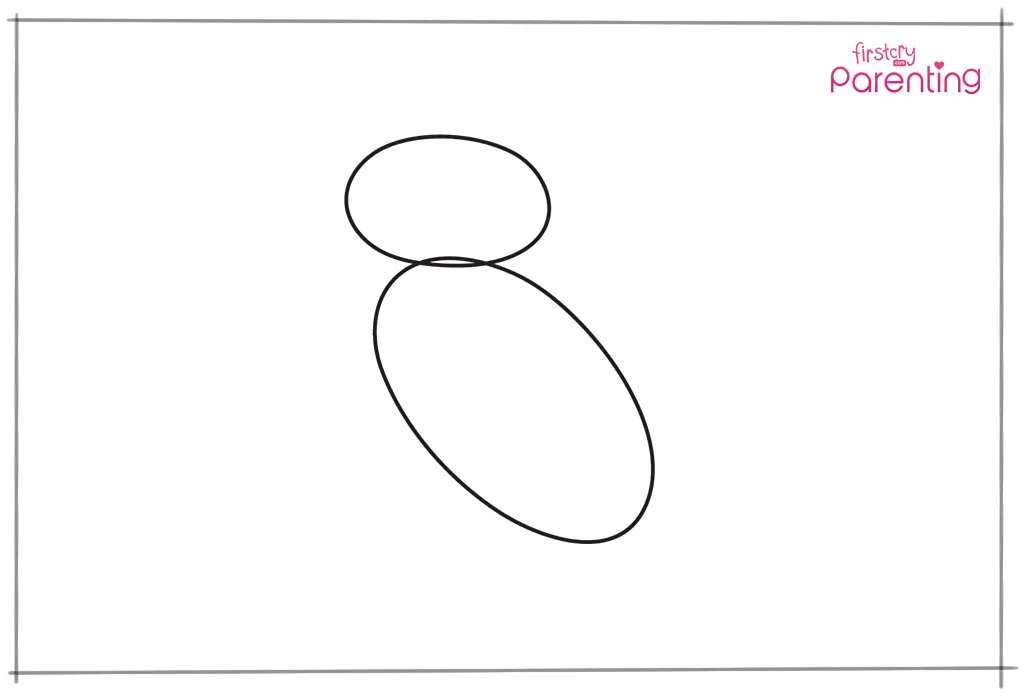
2. Draw the Cat’s Hind Leg and Ears
On the face or the smaller circle that you have drawn, draw two triangles to make the cats ears. At the bottom half of the lower circle, draw a ‘C’ for the car’s thigh. Then, draw a long u-shape for the hind leg and the paw at the bottom. Then, draw the toes at the end of the paw.
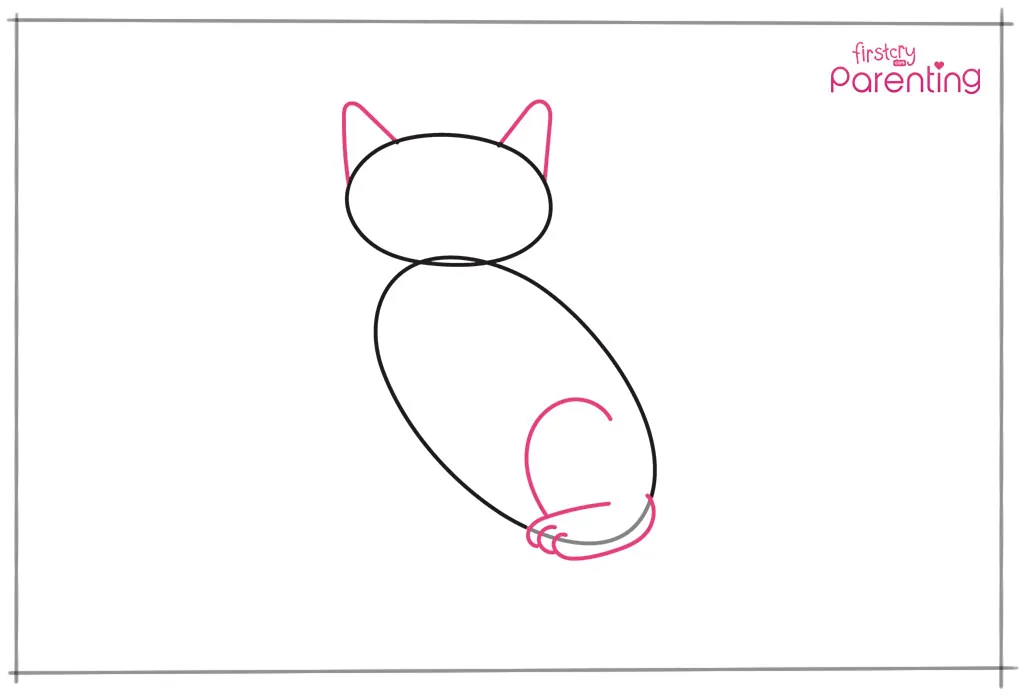
3. Draw the Cat’s Forelegs and Bow
Now, imagine a line running through the centre of the cat’s belly. Draw a large w-shape to form the forelegs as shown in the figure. Once again, draw the paws and the toes. Then, draw a bow across the line that separates the cat’s face from the rest of its body.
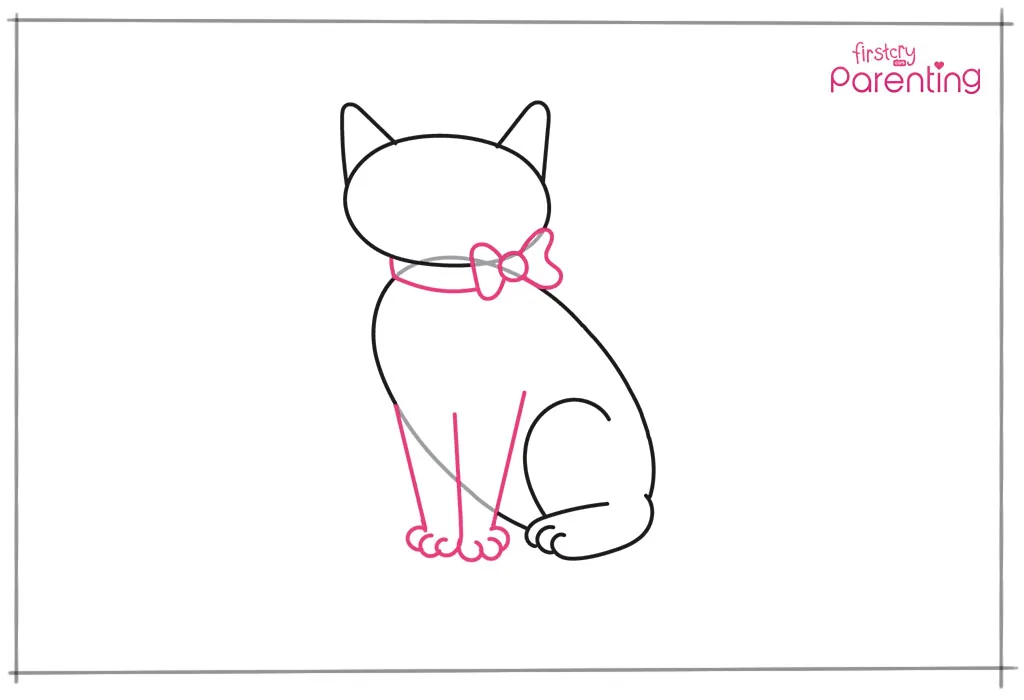
4. Draw the Cat’s Eyes
Draw two small circles for the cat’s eyes on the cat’s face. Fill in two smaller circles for the pupils.
To polish whatever you’ve drawn so far, erase any extra lines or curves. And, draw a small curve on the top of the w-shape you drew for the forelegs. Refer to the image given below for a better understanding.
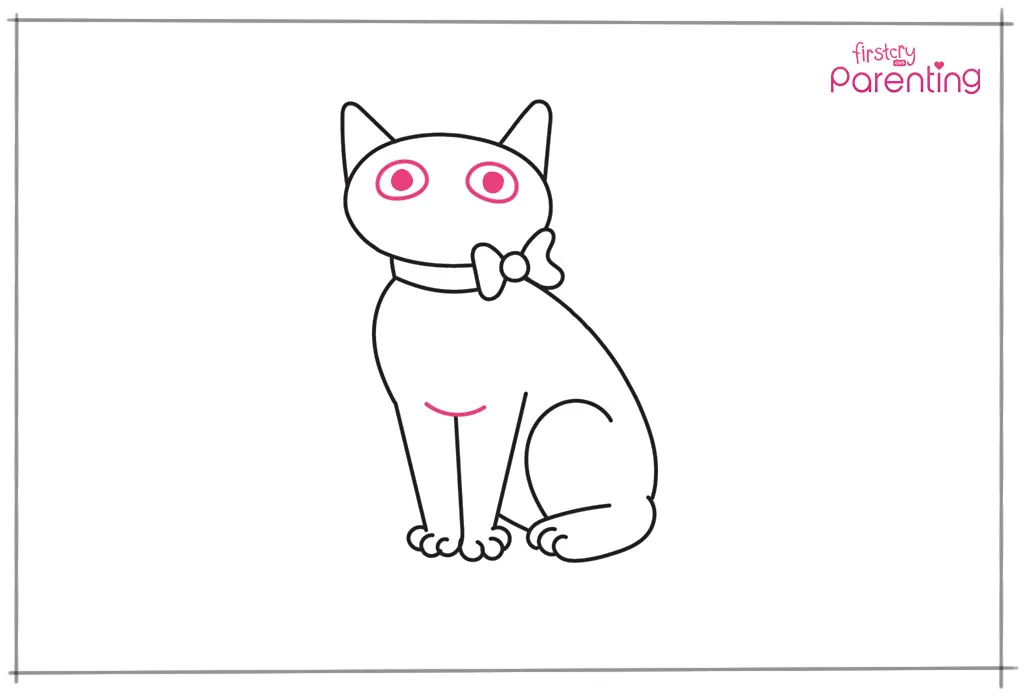
5. Draw the Cat’s Nose, Mouth, and Tail
Draw a small circle just below the centre of the cat’s eyes to form the nose. From this circle, draw two curves, each ending in the opposite direction. If you look closely, the curves look like a horizontal ‘3’. There! You’ve just drawn the cat’s mouth.
Then, draw two lines starting from the back of the bottom circle (from behind the hind leg and join them to make a nice, fluffy tail.
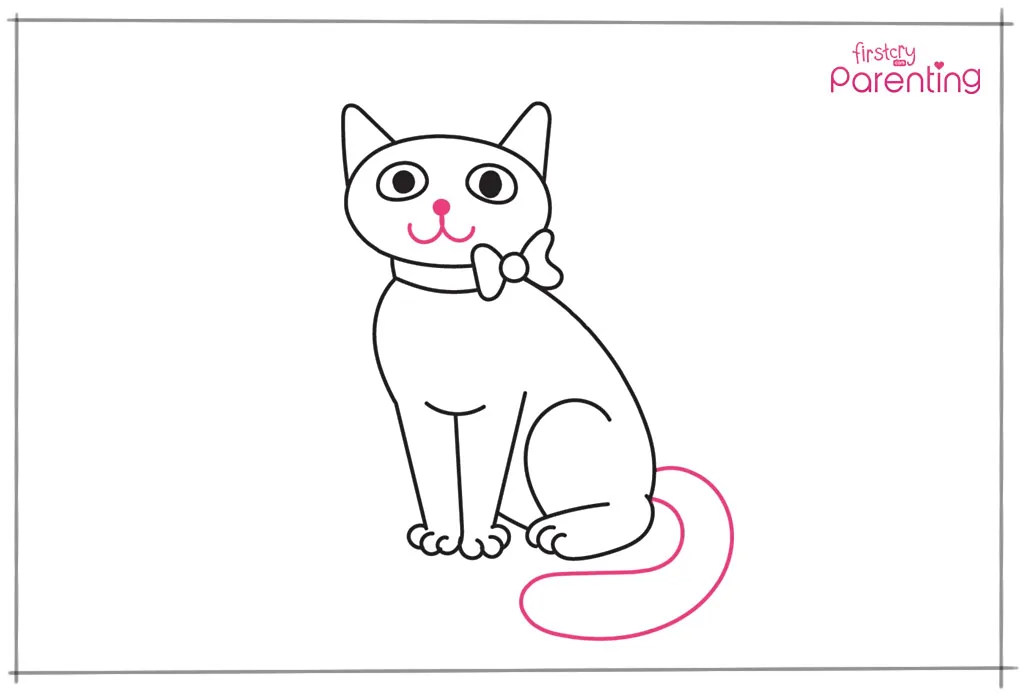
6. Draw Details and Color the Cat
Adding details, such as patches, sharpen the toe outlines, etc. and color the cat in the colors of your choice!

FAQs
1. What are the benefits of cat drawing for children?
Drawing a cat helps children develop fine motor skills, hand-eye coordination, and concentration. It also encourages creativity and imagination as they can add their own details or unique features to the drawing. Moreover, the structured steps of drawing a cat teach kids how to follow directions and improve problem-solving skills. Artistic activities like drawing foster emotional expression, which is important for a child’s overall mental development.
2. How can I help my child stay patient while drawing a detailed cat?
Children can often feel impatient when a drawing becomes complex. To help them stay focused, break down the process into smaller, manageable steps, such as first drawing the basic body structure and then moving on to details like the face or stripes. You can encourage them to take short breaks between steps or use coloring as a reward for finishing each stage. Keeping the atmosphere fun and lighthearted will help them stay engaged and patient.
3. Can drawing a cat help my child understand animal anatomy?
Yes, drawing a cat can give your child an early understanding of basic animal anatomy. As they draw the cat’s skeleton, muscles, and facial features, they begin to see how animals are structured. This awareness can lead to a deeper curiosity about animals and biology, making it a great introduction to understanding living creatures and how their bodies work.
This was all about easy cat drawing for kids. Apart from developing fine motor skills, drawing encourages visual analysis, helps establish concentration through practice, improves hand-eye coordination, and develops social skills and creative problem-solving in kids . Therefore, motivate your child to pick up the pencil and ensure you display his personalised artwork on the living room walls, the refrigerator, etc.
Also Read:
Was This Article Helpful?
Parenting is a huge responsibility, for you as a caregiver, but also for us as a parenting content platform. We understand that and take our responsibility of creating credible content seriously. FirstCry Parenting articles are written and published only after extensive research using factually sound references to deliver quality content that is accurate, validated by experts, and completely reliable. To understand how we go about creating content that is credible, read our editorial policy here.






